Mar 2nd 2023 - Team
Flatware vs Silverware: What Should You Use?
When setting the table for a meal, which do you retrieve, the flatware or the silverware? Is there a difference between flatware and silverware, or do both belong on the table? It's easy to get confused between the two terms so make sure to read on and find out which one is the best for you!
Flatware vs Silverware: The Differences
Basically, "Flat tableware" or "flatware" includes all dining tools and tableware while Silverware is all silver cutlery that surrounds the plate on the table. Knives, forks, and spoons—and all their varieties—are included (fish knife, butter knife, serrated knife, dinner forks, dessert forks, dessert spoons, fruit knife, and fruit fork, soupspoon, and teaspoon, and many more).
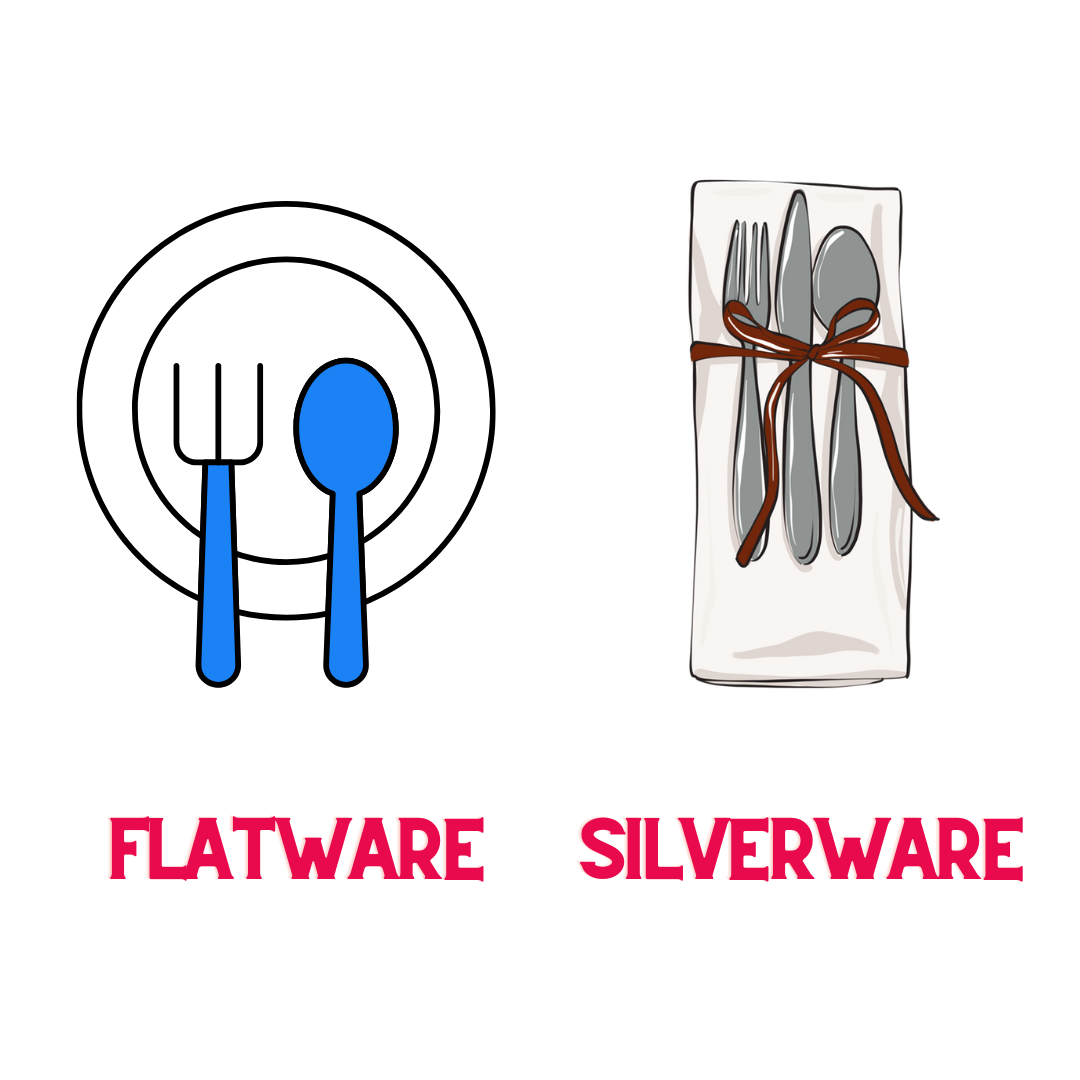
Stainless steel, which is durable, is the most frequent material for flatware. Wood, plastic, silver-plated (possibly stainless steel coated in silver), solid silver, and gilded flatware are also available (gold cutlery).
Flatware classifies quality cutlery (forks, knives, and spoons).
Knives were excluded from flatware since they were cutlery and the term only came to when introduced in the 19th century whilst the term "Flatware" is utilized in the US, while cutlery is used abroad.
Silverware is all silver cutlery that surrounds the plate on the table. Not all silverware is considered to be flatware but flatware made of this material is known as silverware.
Silver is utilized in kitchenware because it is soft and antibacterial. Classic style Silverware is only 92 percent silver, combined with other metals for durability and lesser chances of developing rust spots.
So What Is Flatware?
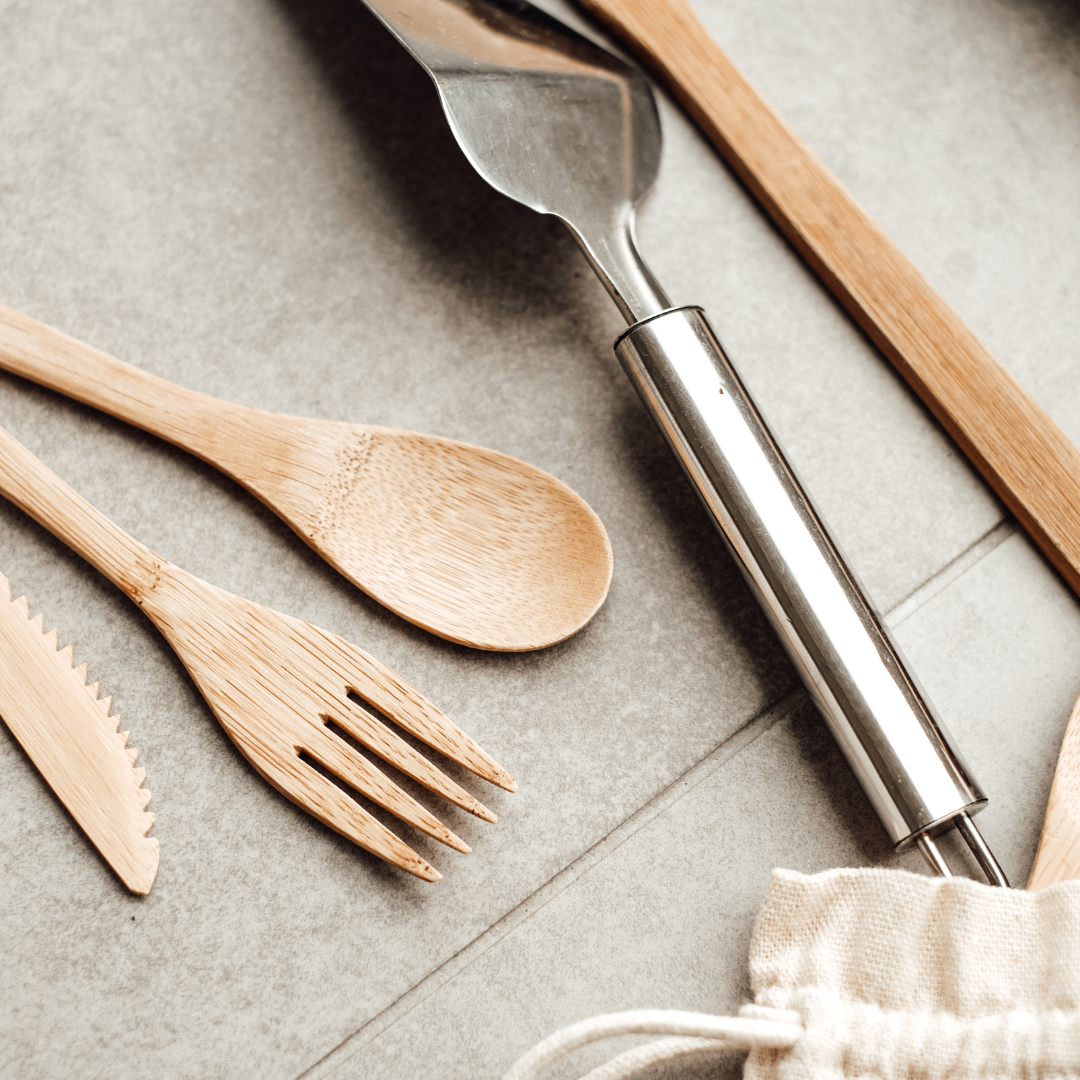
Typical examples of flatware include spoons, forks, and knives. Knives, which are technically considered "cutlery," aren't included here. You can use these items to create a setting for each dining table.
Flatware can refer to a wide variety of dining and serving utensils, including those made of plastic, stainless steel, acrylic, and even silver plating. You can find flatware to suit your budget and aesthetic preferences, as they come in a wide range of quality levels.
The term "flatware" describes a broad category of eating utensils, including spoons, forks, knives, and fork knives. Chopsticks aren't technically considered "flatware," despite many of us keeping them in the same drawer as our forks.
Types of Flatware:
Plastic utensils

Modern flatware made of disposable plastic is ideal for one-time use given its reasonable price, such as at a kid's birthday celebration. Even among plastic utensils, varying degrees of quality can be found. This is perfect for a more formal outdoor occasion, like a wedding, premium rose gold is a great choice, for instance. It doesn't have to appear or feel cheap just because it's plastic. Choose the more affordable option, clear plastic cutlery if you're throwing a birthday party for children, but splurge on the more elegant disposable plastic utensil options if you need to cater to adults.
Stainless steel
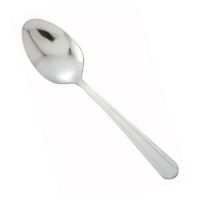
This cutlery will not rust, tarnish, or chip like other types. Most households have at least one set of modern design stainless steel tableware since it is long-lasting and easy to clean. The quality and composition of stainless steel flatware can be evaluated and ranked. The quality of a set of flatware can be estimated by its chromium and nickel content. All stainless steel flatware must contain 10.5% chromium by weight. Chromium is responsible for the long life of silverware. For both aesthetic and anti-corrosion purposes, nickel is often used. There are four grades of stainless steel flatware, designated by the percentages of nickel and chromium they contain: 13/0, 18/0, 18/8, and 18/10 (The 18/10 is also referred to as "mirror finish" and comes in a five-piece setting, a 20-piece set, 24-piece set or even as a 45-piece set). There will be a pricing difference depending on the quality level and take note that this flatware only has a limited lifetime warranty. Your final purchase decision will be heavily influenced by its intended function. Something pretty sturdy, with a classic silhouette, and long-lasting is definitely preferable for regular use.
A standard four-person flatware set with five-piece place settings consists of a dinner fork, salad fork, soup spoon, dinner knife, and teaspoon.
Product Featured: Winco 0001-03
Silver-plated
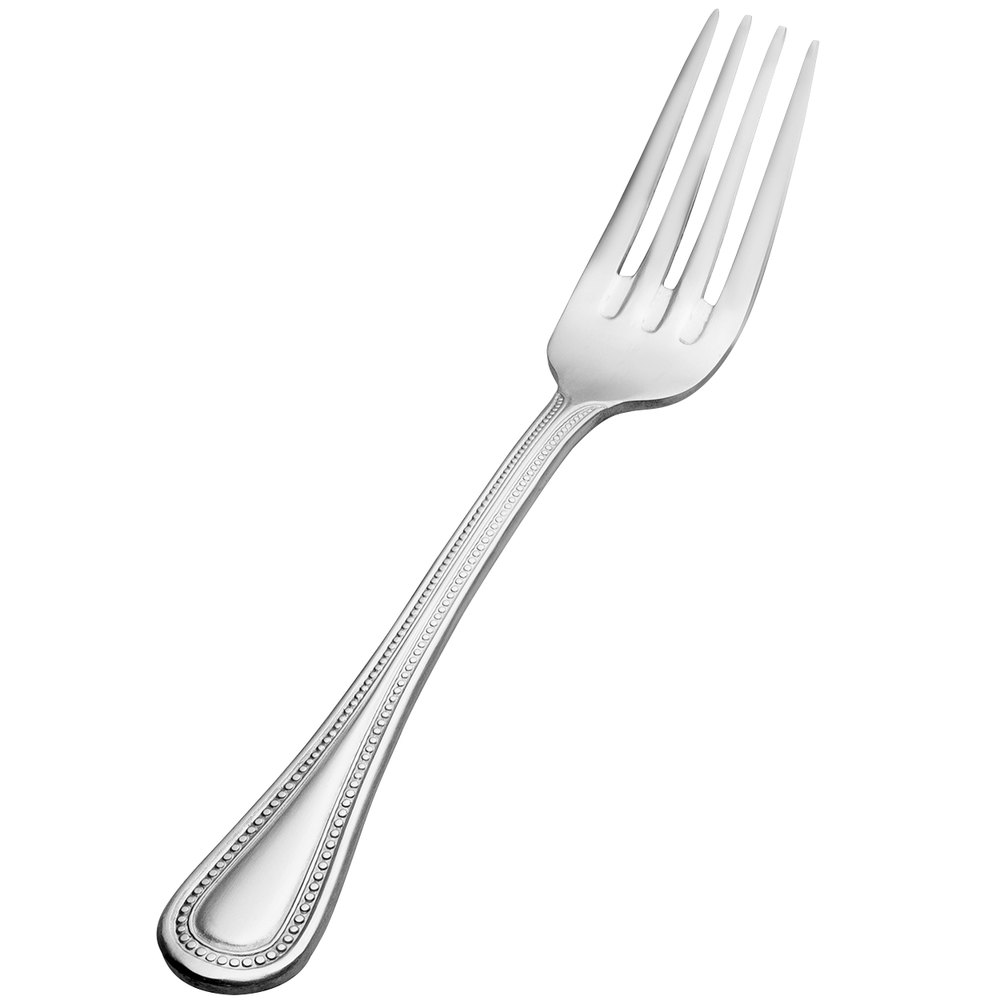
Silver-plated flatware consists of a thin layer of silver over another metal. Silver plating is often used to disguise nickel, brass, or another base metal. The coated metal plays a significant role in establishing the quality of the flatware, with nickel being the ideal option because it will retain its sheen for the longest period of time. Nickel is more durable than many other materials and has a strong affinity for silver. Silver-plated flatware is an excellent compromise between the sturdiness of stainless steel and the modern design and feel of sterling silver. Most modern silverware is silver-plated and is used exclusively for formal occasions such as a birthday parties given their complex designs. Somewhat more expensive than stainless steel, but with the look and feel of genuine sterling silver, this material is a great alternative.
Product Featured: Bon Chef S1005S
Acrylic
The acrylic pieces of flatware are combined with stainless steel to create a unique and modern product that can be added in a range of colors and patterns with this design. In search of football-themed flatware with fun colors? Likely, it can be obtained. Since acrylic can be dyed and shaped into any number of patterns and a range of colors, it opens up a world of fashionable possibilities for tableware. The styles might be either formally sophisticated or more whimsical. An acrylic centerpiece or place card holder is a great way to give a meal a special touch with some fun colors.
What Do the Numbers on Flatware Mean?
You might see a number like "18/10," "18/8," or "18/10 stainless-steel utensils" on a package of flatware. These numbers represent a grading system for stainless steel flatware. The first number in the grade denotes the percentage of nickel, and the "18" indicates the percentage of chromium. Because nickel is responsible for giving stainless steel its brilliance and durability, a higher nickel content indicates that the flatware is of higher quality and will last longer. Hence, an 18/10 stainless-steel utensils grade should be your goal when shopping for stainless-steel cutlery.
What Is Silverware?
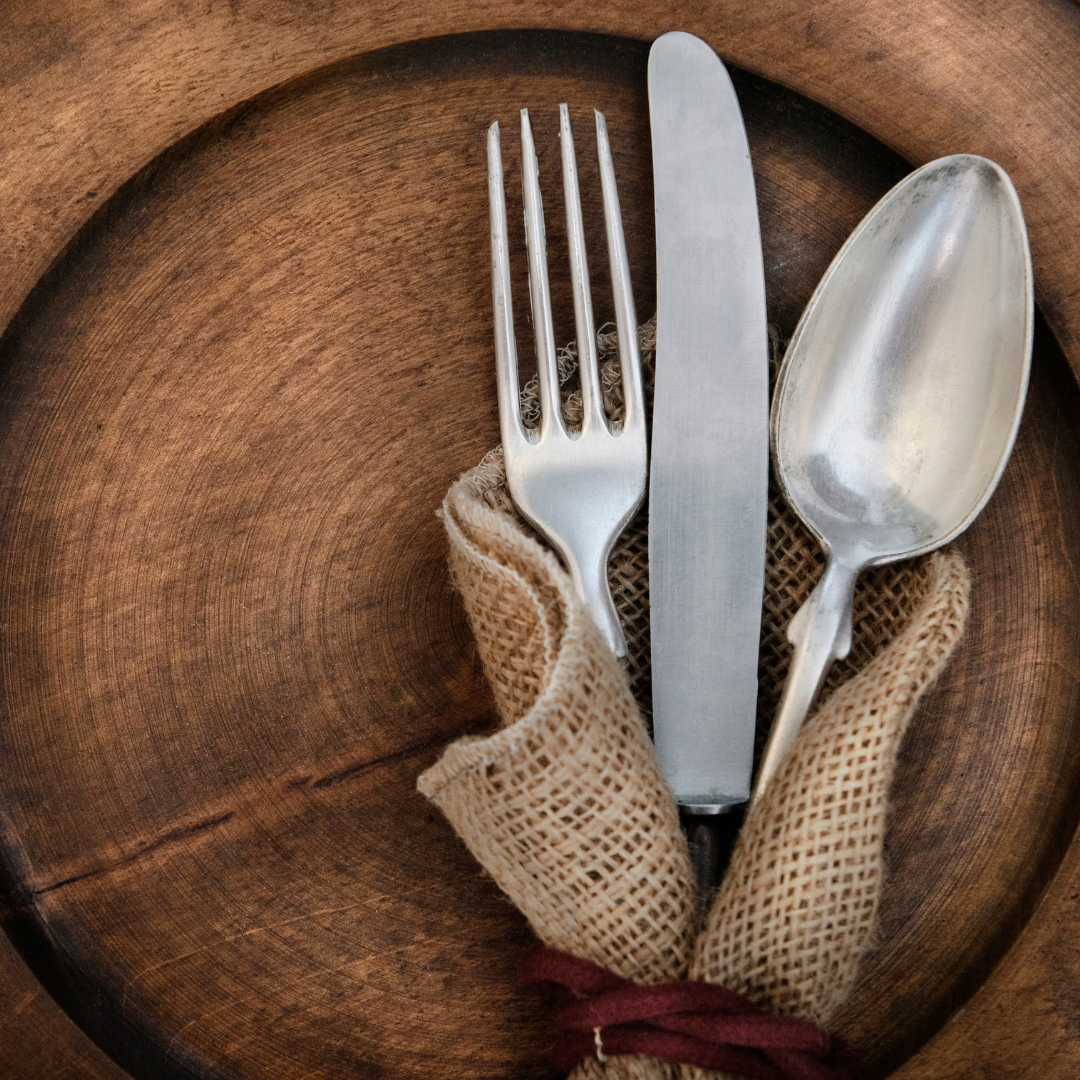
The term "silverware" is commonly used to refer to various utensils found on a dining table, however, the term technically refers only to items that are almost entirely made of silver. That is to say, the name silverware refers solely to tableware that contains a significant amount of actual silver.
For how much silver, you inquire. A minimum of 92.5% silver must be used in production for the item to be legitimately labeled as silverware. Traditional silverware is typically crafted from sterling silver. Naturally, genuine sterling silverware is pricey and may not be the most affordable option, so it is reserved for special occasions, birthday parties, and important dinner parties.
Benefits of Sterling Silverware
Silverware gained popularity as a choice for dining utensils because, as a metal, it is not very chemically reactive and is a known alloy metal. Even compared to gold cutlery, silver-made cutlery has a low chemical reactivity. A metallic aftertaste may be left behind when using silverware or cutlery made from different metals. Genuine sterling silver cutlery is unmatched in terms of both quality and elegance. Authentic silverware can be recognized by its distinctive appearance and weight. It's only natural to want to show off your sterling silver cutlery when you don't need to use it. In most cases, flatware will last longer, and it's possible to get some fairly sleek designs (or minimalist designs if preferred) among higher-end options. In general, it's considerably more useful to have this quality cutlery at hand.
Guidelines for Cleaning and Storing Flatware and Silverware
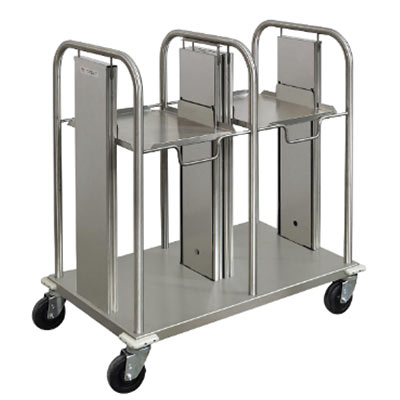
In terms of upkeep and care, types of flatware and precious metal silverware are handled differently. It is expected that flatware would be used, cleaned, and stored away on a daily basis; hence, it is constructed to withstand such treatment. You can either hand wash the silverware or put it in the dishwasher (Most silverware is dishwasher safe). Pitting and rust spots are two telltale symptoms of wear that can develop over time on cheaper cutlery washed in the dishwasher on a frequent basis. Should you come across water spots, just make sure to wipe them away using a dish towel or polishing cloth. Storing silverware properly in a storage box with a soft material interior is also highly recommended.
When compared to different types of flatware, silverware has a higher maintenance level due to its construction. Ensure that when you are washing each piece of silverware, use only warm water with mild soap using a non-abrasive cloth or sponge. Washing each piece of genuine silverware in warm water with mild soap and a nonabrasive cloth or sponge is typically recommended by manufacturers. Avoid putting silverware in the dishwasher if you value its luster. When not in use, silverware is sometimes kept in a wooden box lined with a soft substance for safekeeping.
Model Featured: Piper Products PTS/1520MO Mobile Tray & Silverware Dispenser
What Is the Typical Number of Items in a Flatware Set?
These days, a flatware set will have enough cutlery for anything from four to six diners. This would entail individual utensils. Each place setting has cutlery for the main dish, salad, and dessert, as well as a larger tablespoon and a smaller spoon.
What can you find in a Silverware Set?
Each place setting of a standard silverware set will include a knife, fork, spoon, and salad fork, much like a flatware set. Silverware sets are most commonly used for formal dinners and can come with extra pieces, such as steak knives, butter knife, and serving spoons if the set is large enough.
What Are Patterns for Silverware?
Silverware can be found in a wide variety of sophisticated designs, so picking the perfect set is largely a matter of personal taste when replacing an old one or acquiring new silverware that wasn't passed down. The patterns consist of both the individual pieces of silverware's design and the overall artistic flourishes. In certain families, the silverware pattern has deep historical roots. Selecting a pattern from a set is as simple as looking at the name.
Popular Silverware Patterns
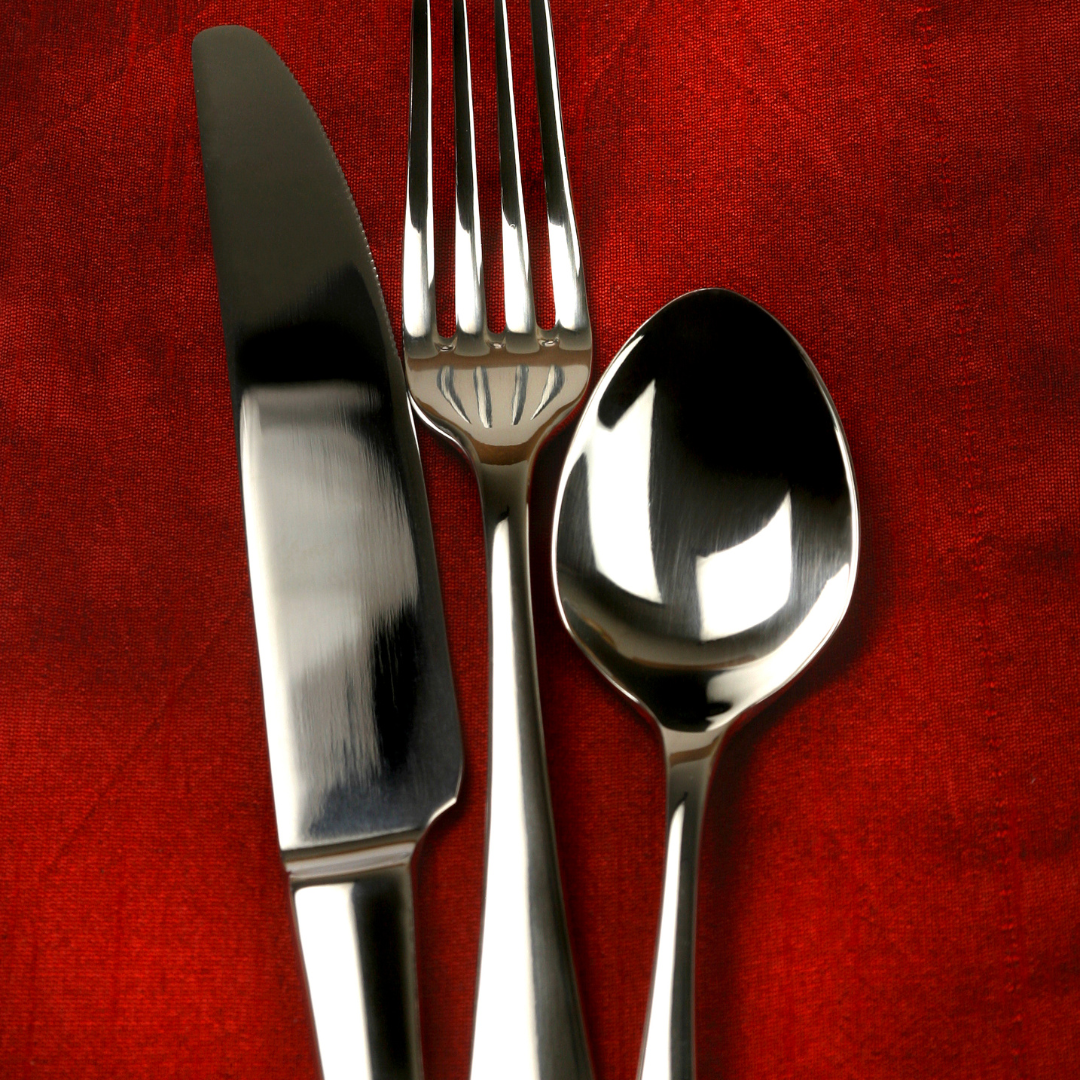
- Grand Baroque
- Chantilly
- Old Master
- Prelude
- Rose Point
- Repousse
- Francis
- Royal Danish
Differences between Silverware and flatware: Which Should I Use?
To what extent you should use silverware or flatware is usually determined by the event at hand. Flatware or silverware, whatever you like, should be used to reflect your own sense of style when setting the table. You get to make all the rules, so take it easy and have fun.

